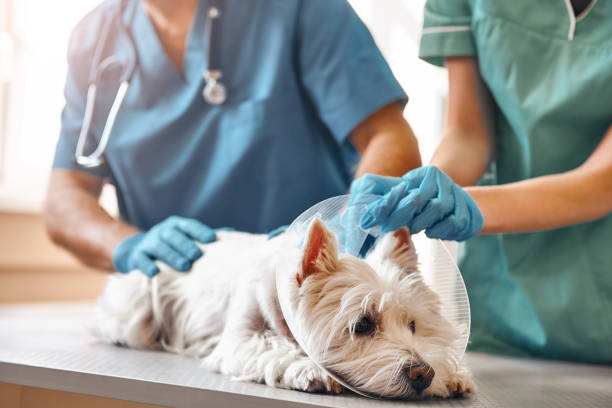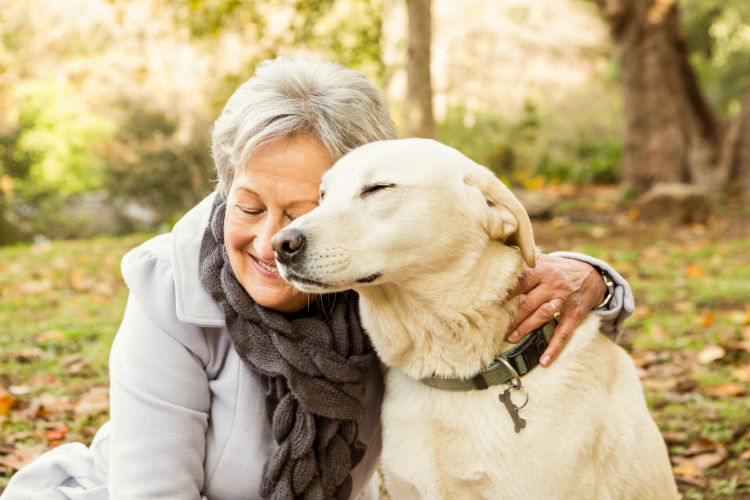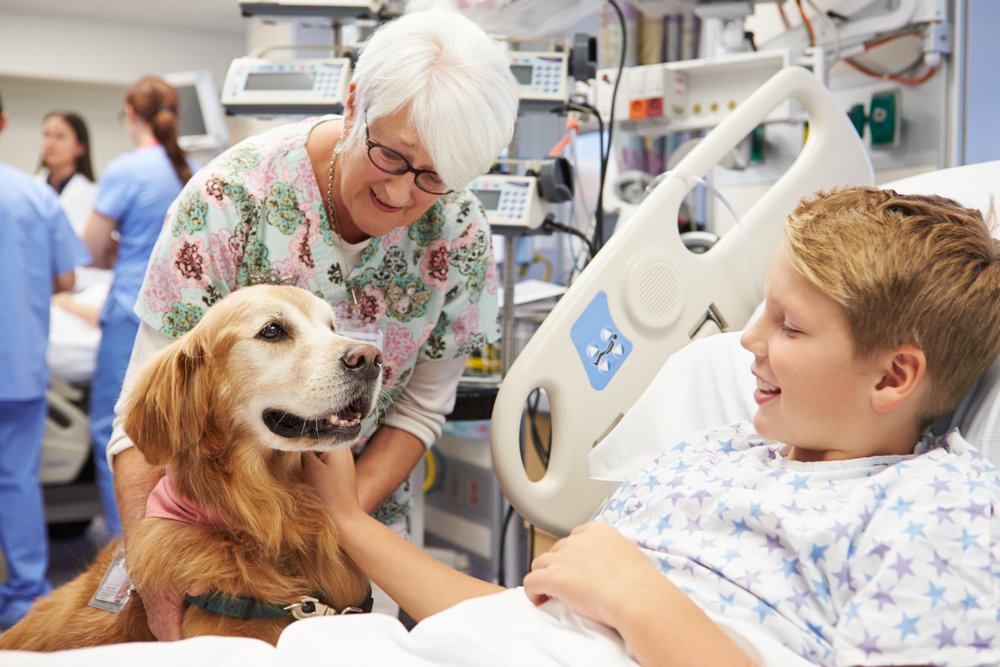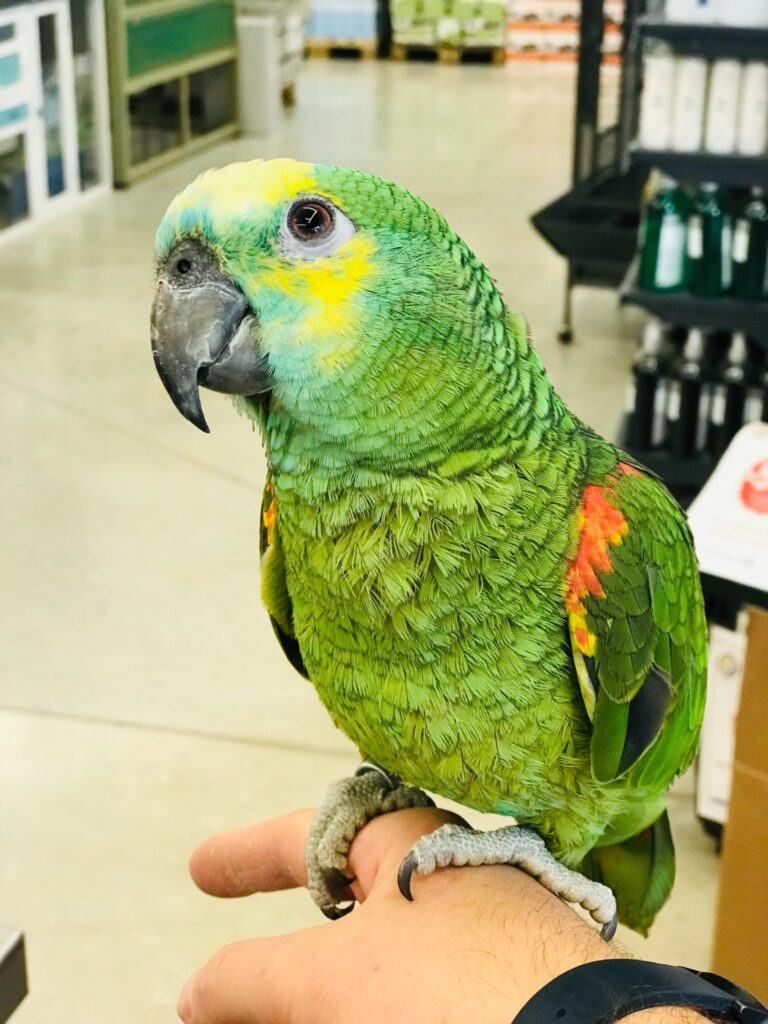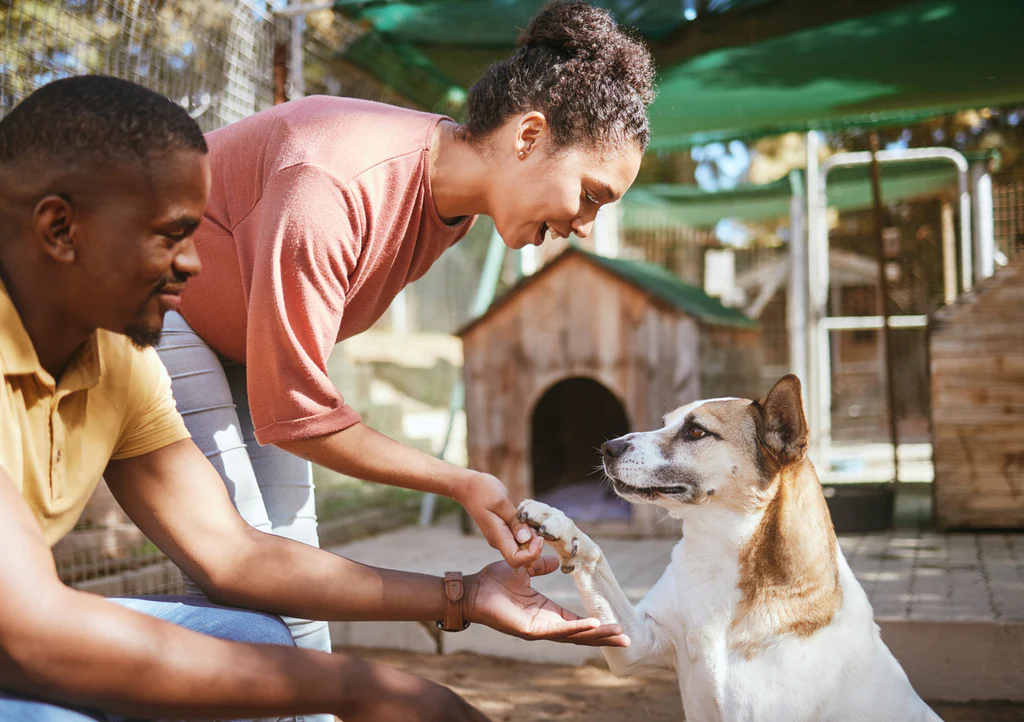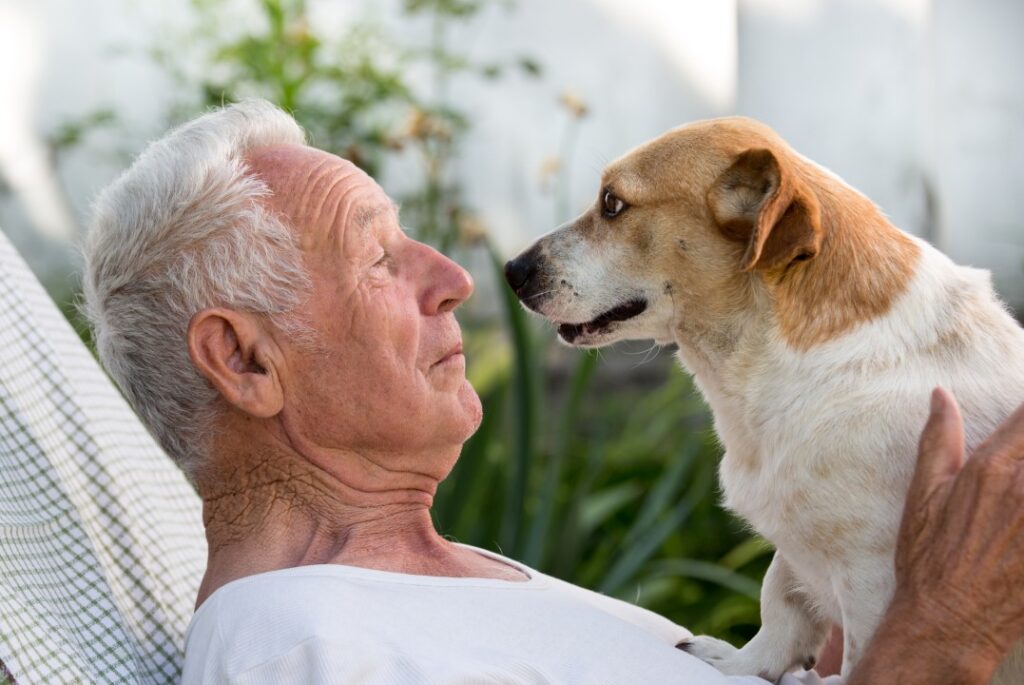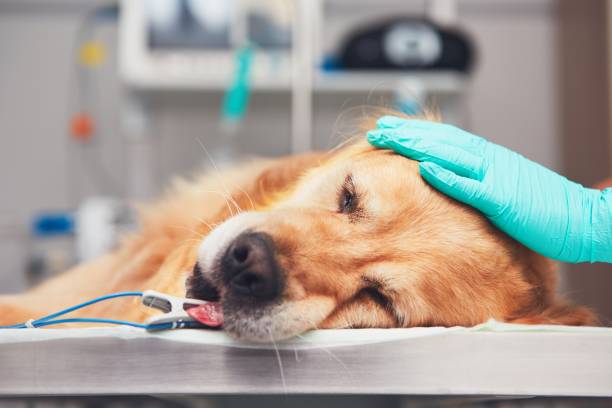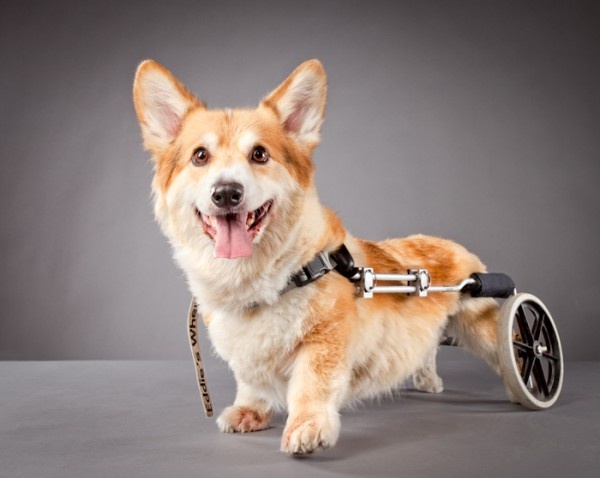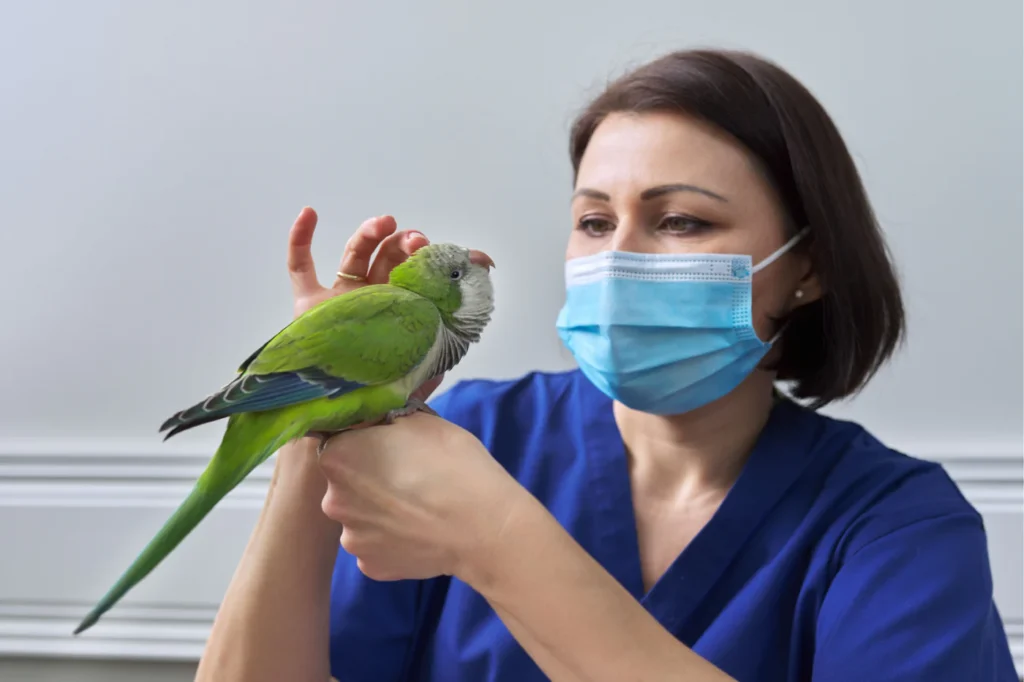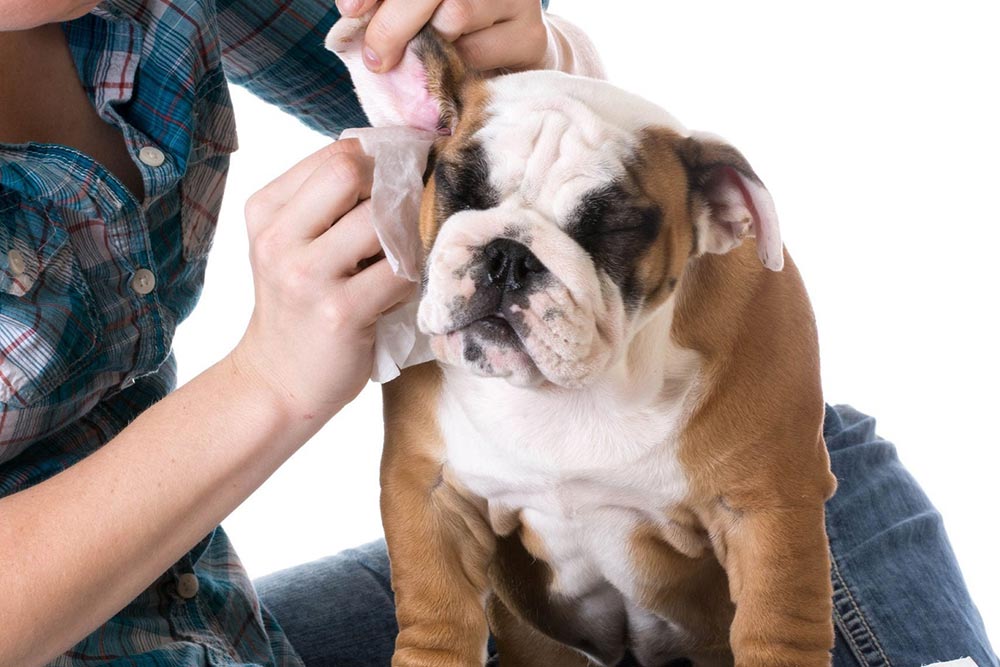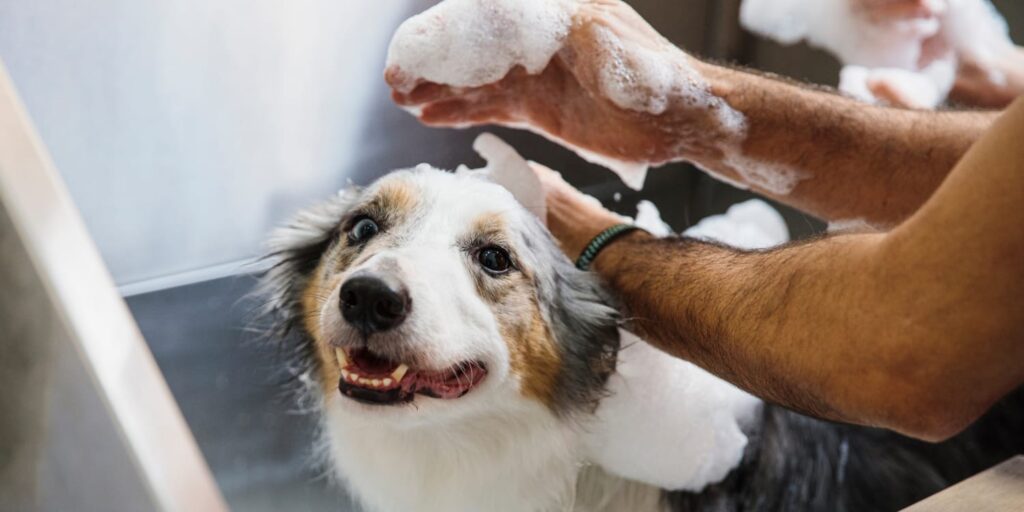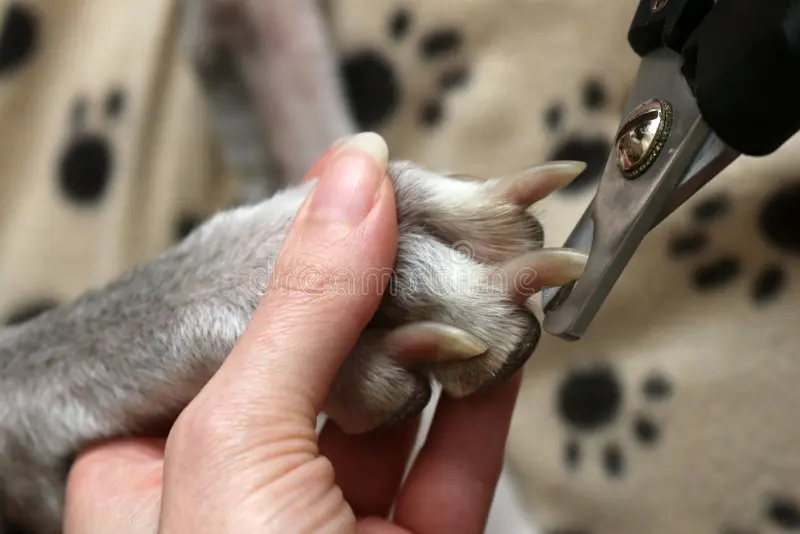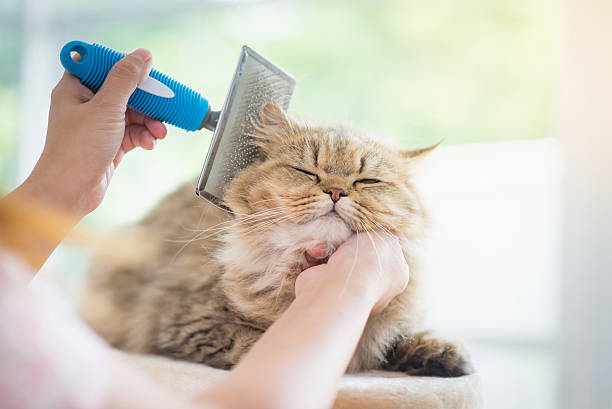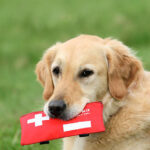How to Create a Pet First Aid Kit in 2024
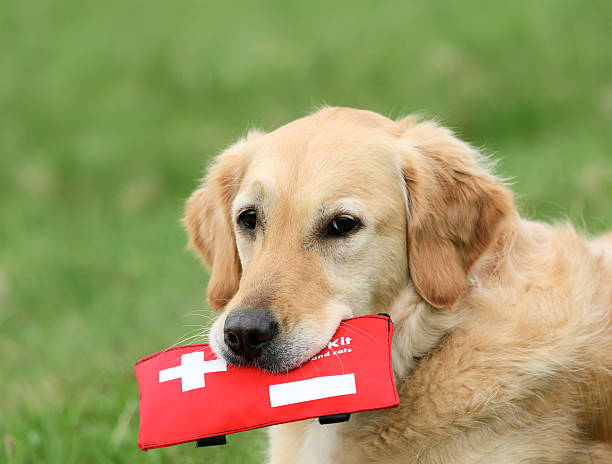
Pets bring immense joy and companionship to our lives, but as responsible pet owners, it’s crucial to be prepared for any emergencies that may arise. One of the best ways to ensure your furry friend’s safety is by having a well-equipped pet first aid kit on hand. In this guide, we’ll explore the importance of having a pet first aid kit, what essential items should be included, and how to prepare and organize your kit effectively.
Importance of having a pet first aid kit
Our pets are like family members, and just like with any family member, accidents and injuries can happen unexpectedly. Whether it’s a minor cut, a bee sting, or a more serious emergency, having a pet first aid kit can make all the difference in providing immediate care until professional help is available.
What should be included in a pet first aid kit?
A well-stocked pet first aid kit should contain essential items to handle common pet injuries and emergencies. These include bandages and gauze, an antiseptic solution, tweezers and scissors, a thermometer, a sterile saline solution, emergency contact information, and any necessary medications prescribed by your veterinarian.
The benefits of being prepared for emergencies
Being prepared with a pet first aid kit not only ensures prompt care for your pet but also provides peace of mind for you as a pet owner. In moments of crisis, having the necessary supplies readily available can help alleviate panic and facilitate faster and more effective treatment.
Essential Items for Your Pet First Aid Kit
Bandages and gauze
Bandages and gauze are essential for covering wounds, controlling bleeding, and protecting injuries from further contamination.
Antiseptic solution
An antiseptic solution such as chlorhexidine or povidone-iodine can be used to clean wounds and prevent infection.
Tweezers and scissors
Tweezers are handy for removing splinters or foreign objects from your pet’s skin, while scissors are useful for cutting bandages and gauze to size.
Thermometer
A digital thermometer specifically designed for pets can help you monitor your pet’s temperature, which is crucial for detecting fever or hypothermia.
Sterile saline solution
Sterile saline solution is useful for flushing debris from your pet’s eyes or wounds and can help prevent infection.
Emergency contact information
Keep a list of emergency contact numbers, including your veterinarian’s office, an after-hours emergency clinic, and poison control, easily accessible in your kit.
Medications
If your pet requires any medications, such as allergy medication or insulin, be sure to include an ample supply in your kit along with instructions for administration.
Additional Items to Consider
Pet first aid manual or guidebook
A comprehensive pet first aid manual can provide valuable guidance on how to administer first aid and handle various emergency situations.
Emergency blanket or heat pack
An emergency blanket or heat pack can help keep your pet warm and comfortable in case of shock or hypothermia.
Muzzle or fabric strips
In stressful situations, even the gentlest pets may become agitated or fearful. A muzzle or fabric strip can help prevent your pet from biting or injuring themselves or others.
Non-prescription medication
Include over-the-counter medications such as antihistamines or anti-diarrheal medication, but be sure to consult your veterinarian for proper dosage and usage instructions.
Preparing and Organizing Your Kit
Choosing the right container
Select a sturdy, waterproof container for your pet’s first aid kit that is easy to carry and can be securely closed to protect its contents.
Labeling and categorizing items
Labeling and categorizing items in your kit can help you quickly locate what you need in an emergency. Consider using clear plastic bags or small containers to keep items organized and easily accessible.
Regularly checking and restocking your kit
Check your pet first aid kit regularly to ensure that all items are up to date and in good condition. Replace any expired medications or supplies and replenish any items that have been used.
Training and Education
Basic first aid techniques for pets
Familiarize yourself with basic first aid techniques for pets, including how to clean and dress wounds, administer CPR, and perform rescue breathing.
CPR and rescue breathing for animals
Knowing how to perform CPR and rescue breathing can be lifesaving in emergencies such as near drowning or cardiac arrest.
Recognizing signs of common pet emergencies
Learn to recognize the signs of common pet emergencies, including choking, heatstroke, poisoning, and seizures, so you can respond quickly and effectively.
Conclusion
A pet first aid kit is an essential tool for every pet owner, providing peace of mind and the ability to provide immediate care in emergencies. By assembling and maintaining a well-stocked kit and educating yourself on basic first-aid techniques, you can ensure the health and safety of your beloved furry companions.




